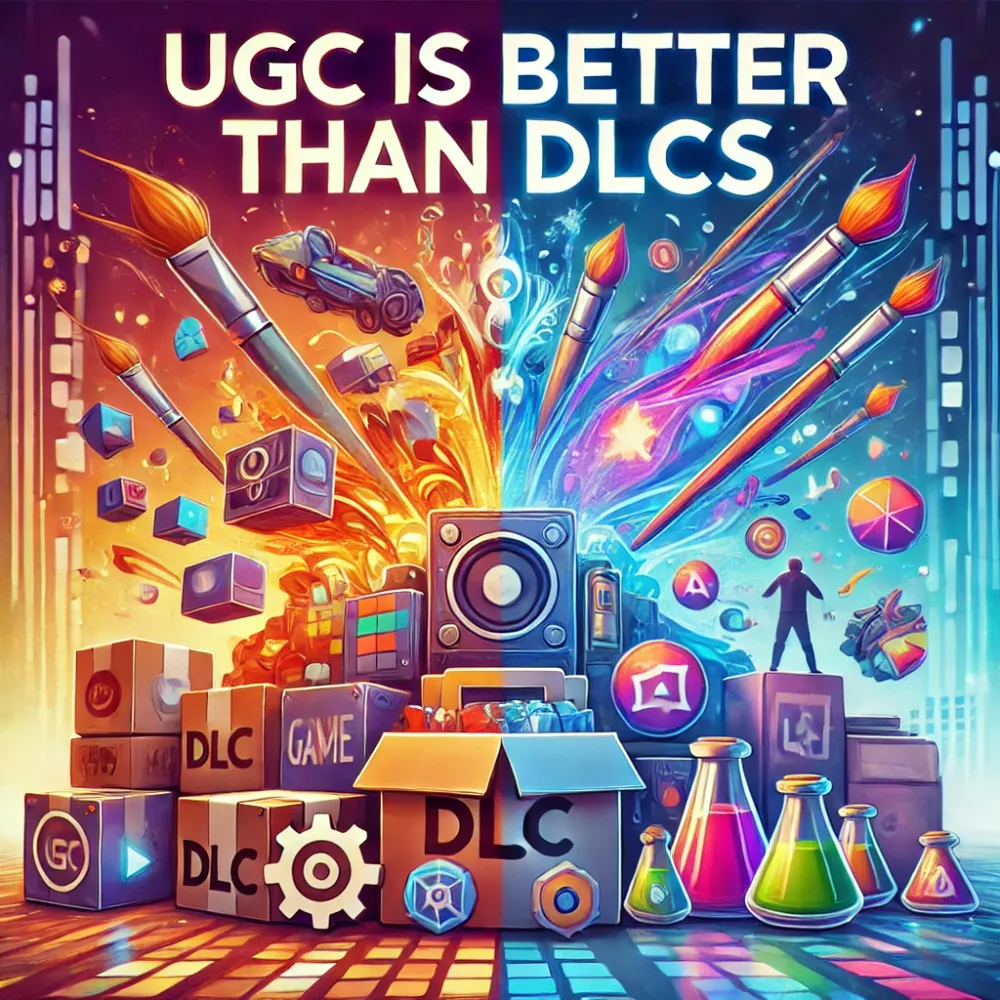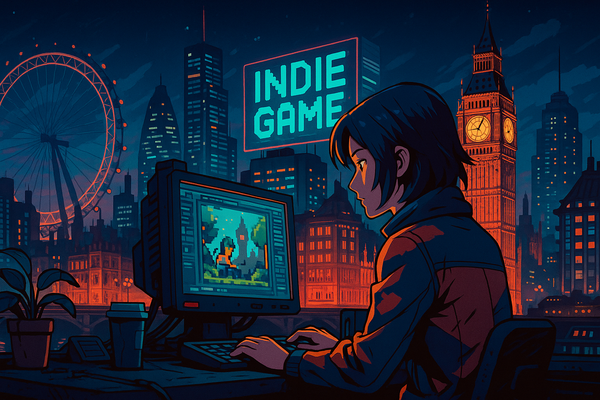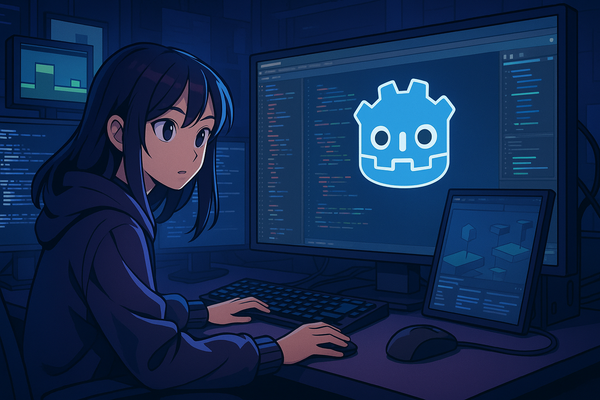Why UGC is better than DLCs in indie game development
The debate between User-Generated Content (UGC) and Downloadable Content (DLCs) is more relevant than ever. While DLCs have been a traditional method for expanding a game's content post-launch, UGC is emerging as a powerful alternative that offers unique advantages for both developers and players. Understanding why UGC might be better than DLCs can help indie developers leverage community-driven content to create more engaging and sustainable gaming experiences.
The limitations of DLCs
DLCs have long been a staple in the gaming industry, providing developers with a way to extend the life of their games by offering new levels, characters, or storylines after the initial release. However, there are significant limitations to this model, particularly for indie developers.
- Resource-Intensive: Creating high-quality DLCs requires substantial time and resources. For indie developers with limited budgets and small teams, this can be a significant burden. The need to continually produce new content to keep players engaged can also lead to burnout and lower-quality releases over time.
- Market saturation: As the market becomes increasingly saturated with DLCs, players may experience "DLC fatigue," where they become less willing to purchase additional content. This is especially true if the DLC is perceived as overpriced or unnecessary for the core game experience.
- Limited engagement: DLCs often provide a one-time boost in player engagement, but once the new content has been consumed, players may quickly lose interest. This makes it challenging for developers to maintain a long-term relationship with their player base.
The advantages of UGC
User-Generated Content, on the other hand, presents a dynamic and sustainable alternative to DLCs. UGC allows players to create, share, and even monetize their content within the game, fostering a more engaged and loyal community.
- Enhanced engagement and replayability: UGC significantly boosts player engagement by allowing the community to contribute to the game's evolution. Players who create content are more invested in the game, which leads to higher replayability. Games like Roblox and Fortnite have demonstrated how UGC can keep players returning, driven by the constant influx of new, user-generated experiences(Bee Techy,Naavik).
- Cost-Effective content expansion: For indie developers, UGC is a cost-effective way to expand their game's content without the need for constant internal development. By providing players with the tools to create their own content, developers can continuously refresh the game world without the associated costs of traditional DLC production(Deloitte United States).
- Community building and Loyalty: UGC fosters a sense of ownership and community among players. When players are given the power to create and share their content, they are more likely to form a loyal community around the game. This not only helps in retaining players but also attracts new ones through word-of-mouth and community-driven marketing(Ready Player Me).
- Innovation and diversity: UGC platforms often lead to unexpected innovations and a diversity of content that developers might not have envisioned. This creativity can enhance the game in ways that DLCs cannot, as it brings in fresh perspectives and ideas from a broad player base. Indie games that embrace UGC often stand out in the market for their originality and the active communities they cultivate.
The strategic edge of UGC
In conclusion, while DLCs have their place in the gaming industry, UGC offers indie developers a powerful tool to enhance player engagement, reduce development costs, and build a loyal community. By prioritizing UGC over DLCs, indie developers can create a more dynamic, sustainable, and innovative gaming experience that resonates with players and stands the test of time.




